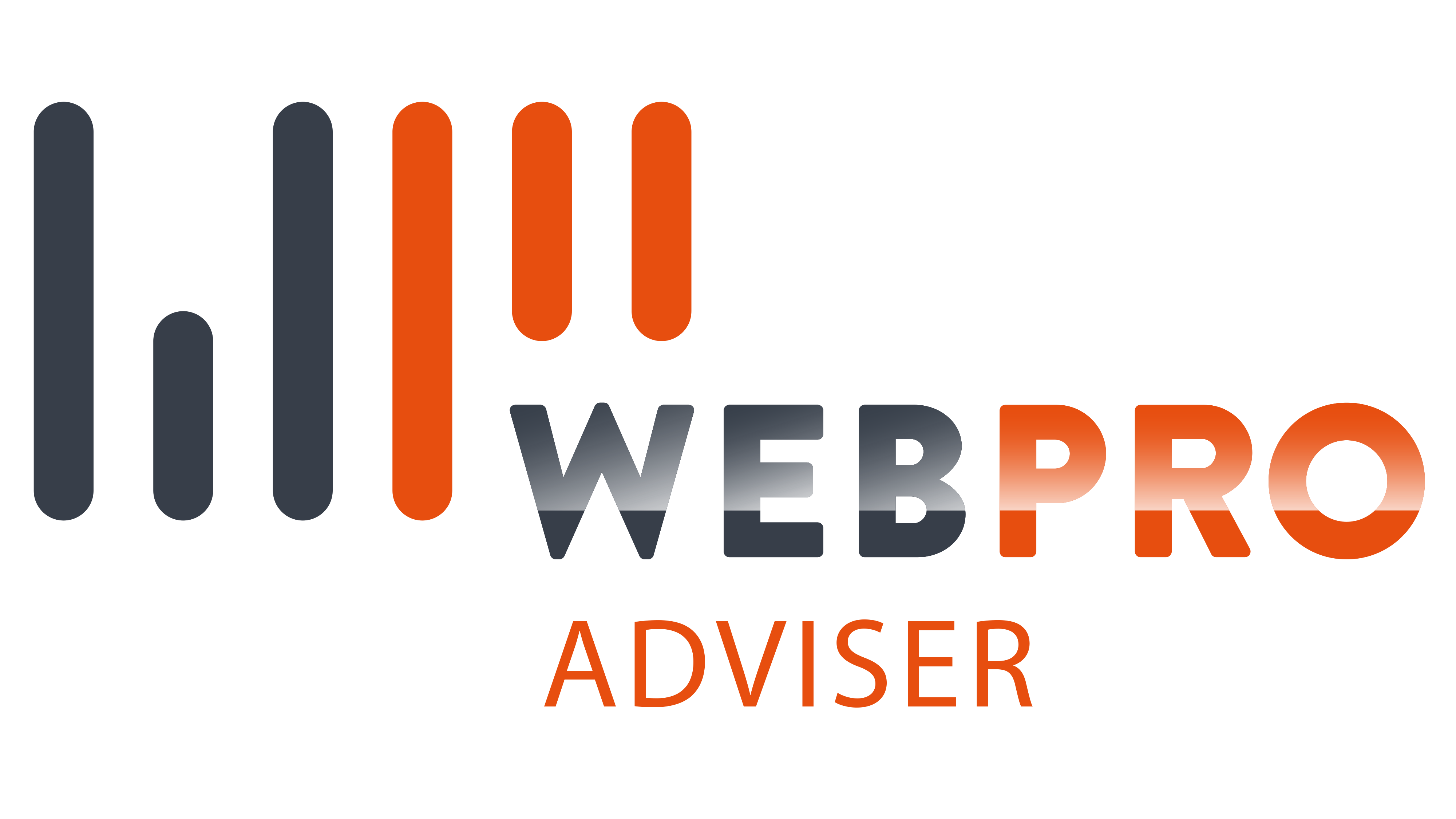Confused about what a landing page is and its definition? Do you really need one? Can’t you just direct visitors to a service page? Here, we talk about landing pages and why they’re the best page to use to convert your visitors into leads. Find out what a landing page is in digital marketing, why you need landing pages for your financial adviser business and the best practices to use when creating them.
What is a landing page in a website?
A landing page is a special website page with a specific purpose. That purpose is to convert visitors into leads. They contain lead capture forms that ask visitors for their contact information, such as name, email address, phone number and financial goals. Traditionally, contact information is requested in exchange for something of value – which is your offer. An example of the offer could be a free consultation or a free financial guide, however more often than not, a landing page form for a financial adviser is designed to be completed by someone interested in the service on offer and looking for someone to get in touch to tell them more about that service.
A landing page should build trust with your visitors and provide them with value which will ultimately convert them into leads and then clients.
When should you use a landing page?
You need to use a landing page whenever you are running any ad campaigns for your financial adviser business, either through Google Ads, social media or another platform. Each campaign should have its very own landing page. This is because each landing page should be targeted towards the campaign it’s promoting. There’s no point directing visitors to a landing page promoting retirement planning when the campaign is actually promoting investment strategy, for instance. This will not convert at all and will harm the visibility and affordability of your ad campaign (for example, lowering your ad quality score and increasing average cost per click on Google Ads).
Why should you use a landing page rather than a website page for your campaigns?
Landing pages are typically known for converting at a higher rate than website pages. The difference between a website page and a landing page is that a landing page is more focused on a single call to action (CTA) which is to get that contact information – in other words, to gain the lead. A traditional website page, on the other hand, encourages exploration of the entire website without the focus of gaining contact information.
At WEBPRO, we often design websites that replace the standard website service pages with a landing page design. The purpose of a service page is the same as a landing page – to inform the visitor, show them you have the skills and experience they need, that they can trust you and convert them to a paying client so why not have those features built into these all important pages even if you aren’t doing paid advertising.
WEBPRO Adviser offers a landing page design service that will powerfully convert visitors into leads. Contact us now to find out more.
Creating a landing page: Best practices to use
A landing page should be simple in design as visitors are more likely to know what it is you want them to do and fill out the form. Here’s a list of best practices to follow and what you shouldn’t do on a landing page:
- Keep it short
You shouldn’t put too much information on a landing page. A landing page is not supposed to give all the details of your offer or service. Avoid large blocks of text. After all, attention spans are short.
This is also true of the form itself. People are weary about giving out too much information. So, on the lead capture form only ask for the essential information you need. This also stops people being put off by long forms or getting bored and abandoning it before completion.
- Use clear and compelling language. Avoid financial jargon
You should present the most important pieces of information in a concise and compelling way to spark the interest of your visitors and entice them to fill out the form. This starts with the headline which should contain a key benefit to resonate with visitors and make them want to get in touch. Make sure the language you use matches the messages that are used in your ads. The most valuable information must be above the fold (e.g. what can be seen on the screen without having to scroll down).
The landing page must speak directly to the audience you are trying to attract.
- Use one CTA on the landing page
Each landing page should contain only one clear CTA. Adding more will dilute the message and distract and confuse your visitors.
The CTA needs to be short and include a benefit to attract leads.
- Experiment with different versions of your landing page
This is known as A/B testing or split testing. The idea is to compare two different versions of the landing page to see if one has a higher rate of conversion than the other. The key is to only change one element at a time to be sure of its success. For example, change only the headline in one version and then compare results with the other. Or, change only the CTA to see if one has a higher conversion rate. This can yield surprising and highly beneficial results.
- Show your credibility and trust to entice visitors to get in touch
Display social proof, such as testimonials and reviews from previous satisfied clients, in prominent places. Show off any certificates or awards you may have. Share examples of your service in action, such as case studies from current clients. All of this demonstrates you have the skills and experience required and will help to convert visitors into leads.
- Ensure the landing page works on all devices
The design of the landing page must work on a variety of pages including mobiles, tablets and laptops to ensure optimal conversion rates. Check each device has a quick loading speed and conduct appropriate tests.
Recap: A landing page is a website page with the sole purpose of converting visitors into leads. They have an impressive conversion rate. Landing pages have a simple design and a form that asks for essential information as a method of lead generation. A landing page should be used for any marketing campaigns you are running. Different campaigns will need separate landing pages. It’s not a one size fits all approach. To get the most leads and benefits from a landing page, you need to implement some best practices. These include only including the most relevant information, using one CTA and showing your credibility in the industry by providing social proof. A/B testing can help you yield higher rates of conversions.
WEBPRO knows
Including more than one offer on a landing page can reduce a site’s conversion rate by 266%. Use one offer per page for maximum effect.







